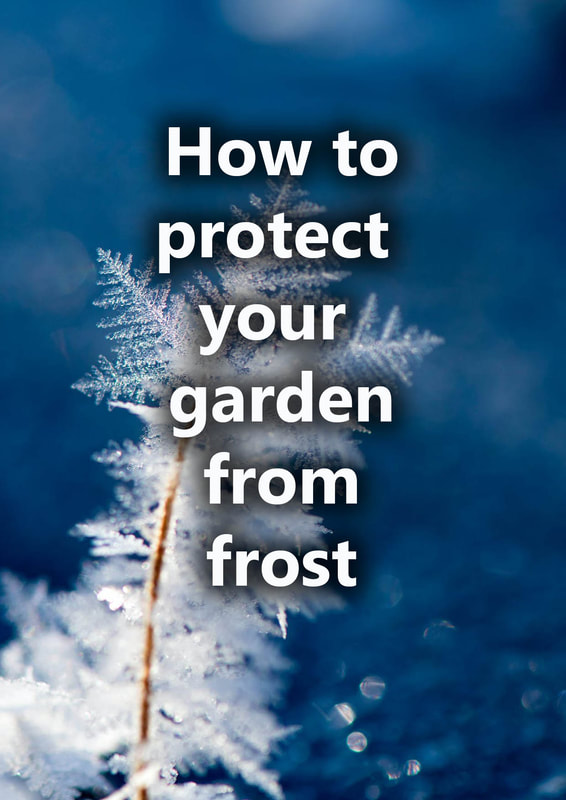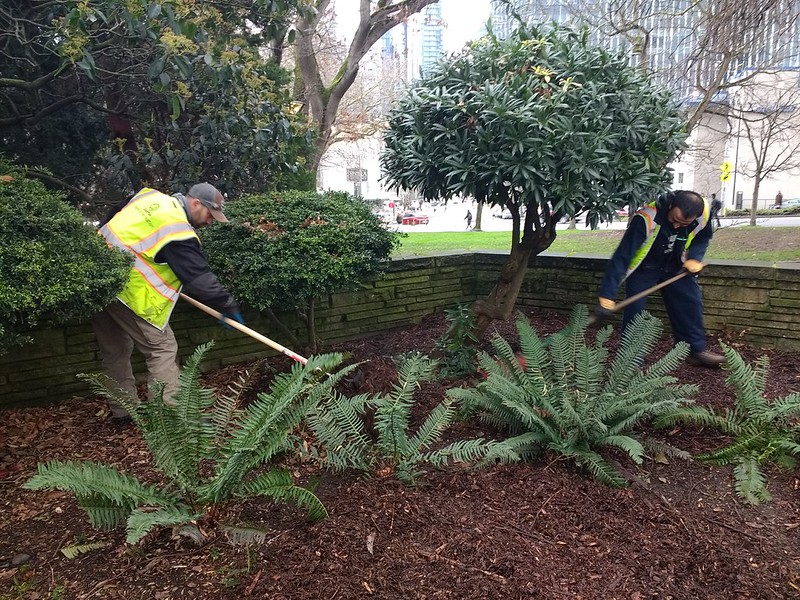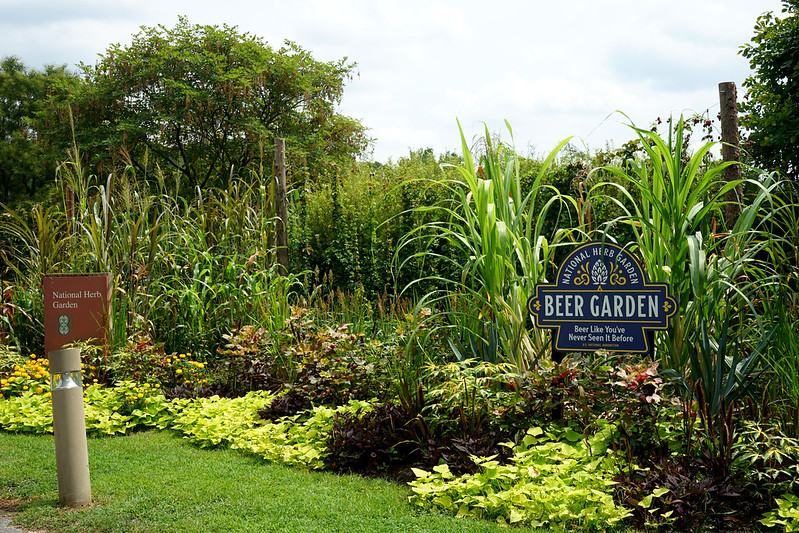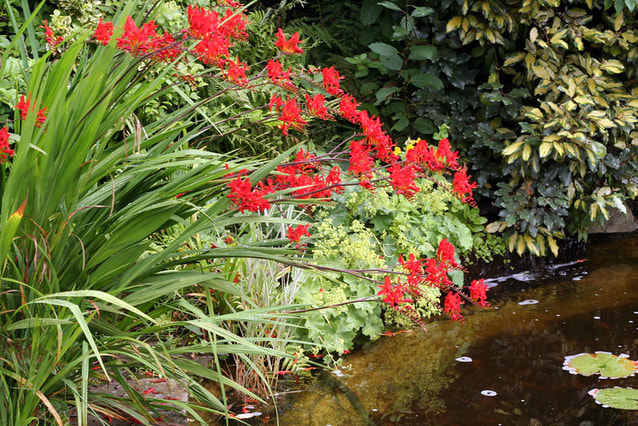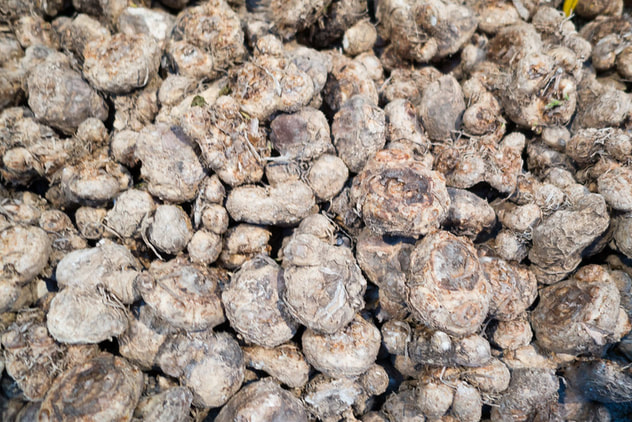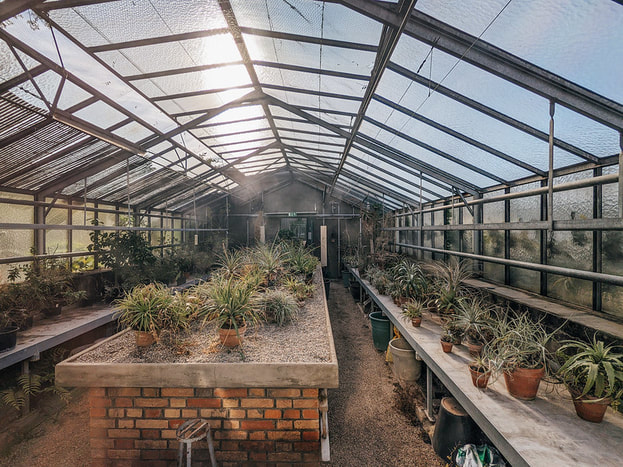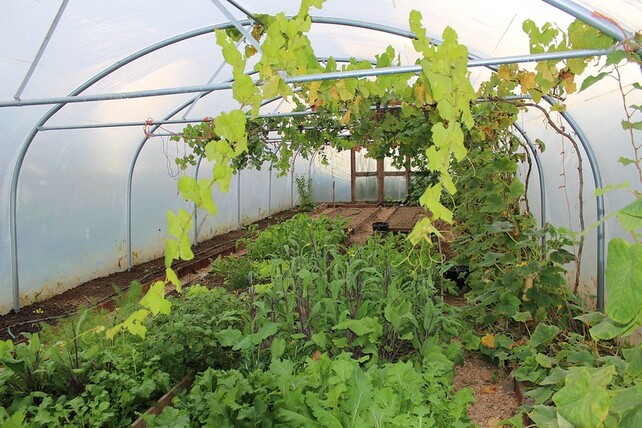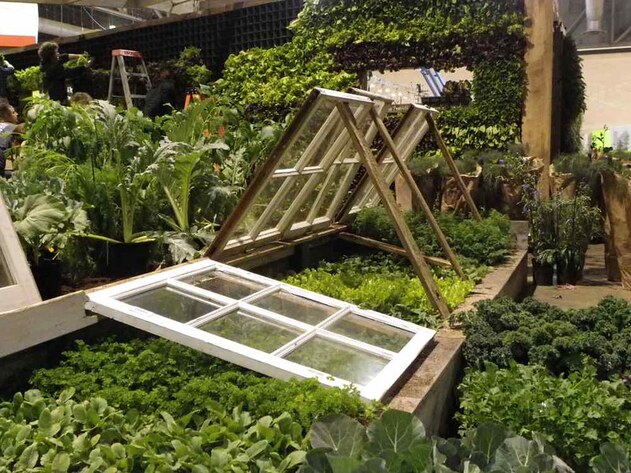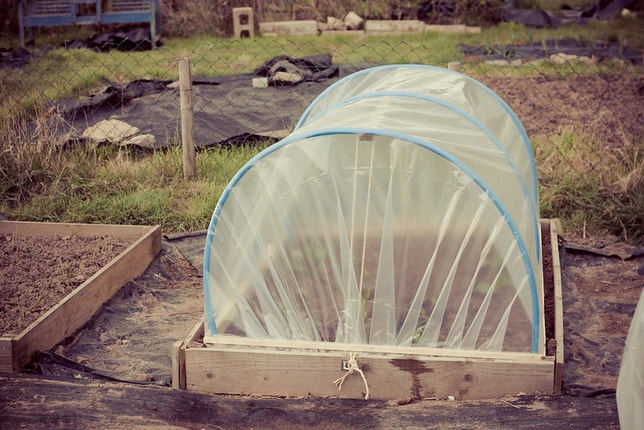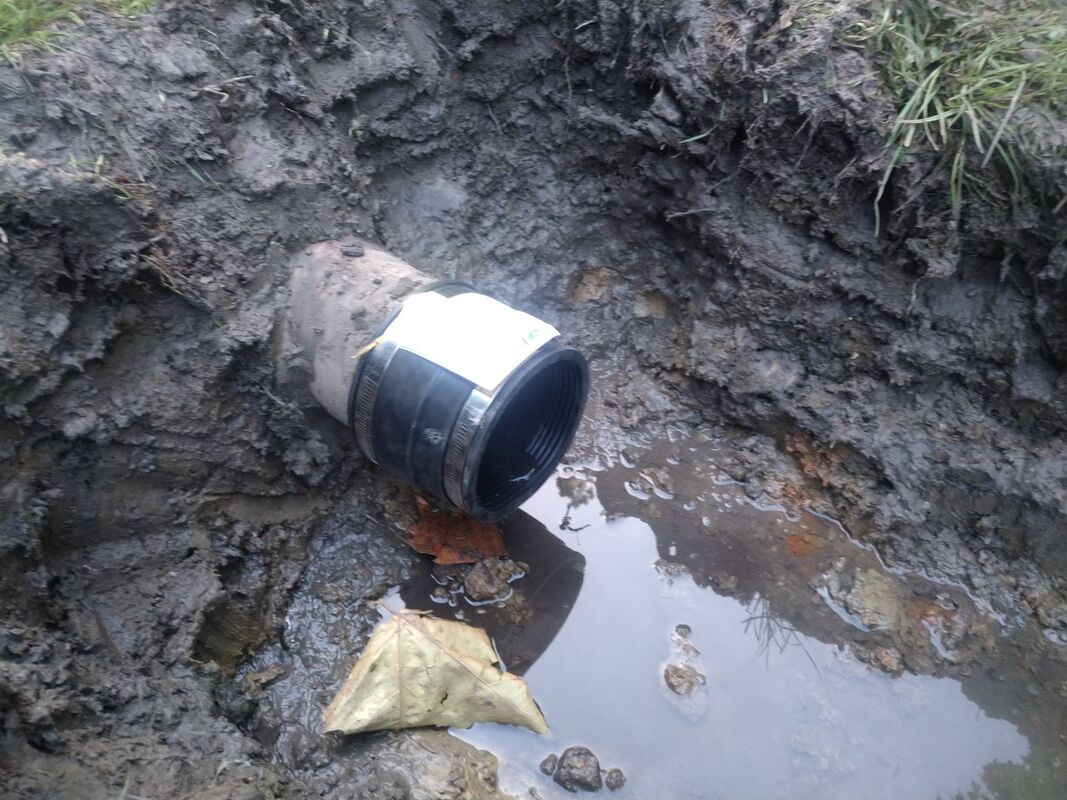|
This article contains affiliate links
If there is one formidable foe of the gardener it is frosty conditions. Frost occurs typically when night time temperatures reach below freezing or zero degrees.
At these temperatures moisture begins to freeze and expand. This can rupture the cells of plants and cause less hardy plants to die completely. Plants endemic to northern and southern extremities of the planet can normally tolerate these conditions. This is especially so with more woody shrubs and trees. However more herbaceous perennials, annuals and bulbs will not fair so well in frosty conditions. With modern gardens so full of plants from all around the world frost can be quite devastating. Furthermore frost also can also cause damage to masonry including brickwork and paving. Therefore, in this article we will describe 13 ways to protect your garden from frost. 1. MulchMost typical garden plants will have a certain amount of natural antifreeze in their cells. However once the temperature goes below -3 less hardy plants struggle. However one of the biggest killers of plants is when frost gets to the roots. This kills root cells and prevents the plant from drawing water or nutrients. One of the most effective ways to counter this is with mulching. A good 50mm layer of organic mulch will ensure the ground doesn’t freeze around your plants in winter. 2. Provide shelter
When you are planning your garden locate tender plants in places where they receive natural shelter. This could be under a weeping tree or around a pergola or canopy. Frost finds it easy to attack in places that are open and exposed. Generally areas immediately around the home suffer less from frost. By learning what direction your coldest winds come from can help you locate tender varieties better. For instance in the UK our cold winds come from the north and east. Therefore plants planted along a southwest facing fence or wall will have more frost protection. 3. Avoid frost pockets
Frost is essentially caused by freezing air and like all cold air it sinks to low areas. Take a look at your garden from all angles, imagine where cold, sinking air will flow to and congregate. These zones are called frost pockets! Sometimes a fence or even a building can act as a dam to freezing air causing a frost reservoir. Try to re-work your plantings so tender plants are moved away from these areas where frost congregates. You may need to re-landscape your garden to channel cold air and frost away from certain areas. 4. Create microclimates
Microclimates are outside areas where specific surroundings have created different climatic conditions to the surrounding region. Most of the time microclimates benefit from two things; a sun trap and excess shelter. This is typical of south facing slopes and buildings. With clever landscape planning and construction you can manipulate microclimate to create more favourable growing conditions. These can specifically mitigate the effects of frosty conditions in winter. 5. Grow suitable species
If you are really worried about frost select a hardier planting pallet. There are many still attractive plants that can withstand durations of frost or even heavy snow. For seasonal interest perennials will naturally die back every winter and come back in spring. Growing plants which are naturally occurring to your region will be less affected by frost. These plants will also be beneficial to local wildlife. 6. Overwinter root stocks
It is very easy to avoid frost damage to tender plants if they can be lifted for the winter. Tuberous perennials such as Dahlias, Gladioli and Cannas can be stored in frost free sheds during the winter. This simply means you need an organised annual schedule for lifting, storing and planting. 7. Bring plants under cover
There are many plants which make colder gardens more interesting in the summer but can’t survive our winters. Plants like lemon grass, citrus and bananas all do well as long as they are brought in for the winter. This concept can be extended to other tender plants which cannot tolerate frost. You may have a sunny window ledge a conservatory or even a greenhouse. 8. Install a polytunnel
Polytunnels are the ultimate way to provide frost protection for garden plants. This is especially so if you enjoy to grow a lot of exotics in pots. Not only can polytunnels protect from frost in winter but allow you to grow more exotic plants in summer. During the spring they can allow you to sow seeds and propagate plants fully protected from frost. 9. Use cold frames
Cold frames are a kind of miniature greenhouse which provides protection from cold weather. These transparent cabinets are perfect for frost protection and hardening off plants in the spring. Kept against a sunny wall they can keep tender plants happy all winter until ready to plant out.Cold frames are affordable to buy and easy to custom build yourself. 10. Utilise cloches
Cloches work very much in the same ways as cold frames but are more portable. Instead of timber and glass these are typically transparent plastic rows supported by wire hoops. These are fast to deploy if there is an unseasonal cold spell in early summer or autumn. Cloches can be a great way to protect plants from frost without digging them up. 11. Fleece tents
If you have large plants in the ground which require frost protection then fleece tents can be the answer. These can vary depending on how you put them together but aim to cover plants in-situ. These are normally good frost protection for hardy bananas and Avocado trees. You can build a protective structure around the plants and cover with fleece. 12. Improve garden drainage
Gardens that suffer the most from frosty conditions are very typically also very damp. Even plants which can tolerate sub zero conditions don’t like to be both wet and cold. During cold winters damp brickwork and patios can be subjected to freeze and thaw action. This is where moisture in the structure freezes and expands. This leads to flaking and fracturing of joints and surfaces. One of the best ways to combat this is to provide better drainage to damp areas. This could be as simple as improving the soil structure or creating a drainage network. For more information on diagnosing and solving garden drainage problems read our article on the subject here. 13. Seal brickwork and masonry.Sometimes even gardens with relatively well drained conditions can have shady and damp surfaces. The best way to mitigate any frost damage to garden patios and walling is to seal them with a good quality sealant. This creates a waterproof layer to masonry preventing moisture from seeping in. This provides the perfect frost protection to all your hard landscaping installations.
Thank you for reading our article on how to protect your garden from frost! If you found it useful why not comment or share via the buttons below! Thank you!
For more information on creating your perfect garden why not visit our resource page?
'As an Amazon associate I earn from qualifying purchases'
0 Comments
Leave a Reply. |
The Author
|
Landscaping services across Buckinghamshire, Amersham, Aylesbury & High Wycombe
Hyde Heath, Amersham, Buckinghamshire |
|
